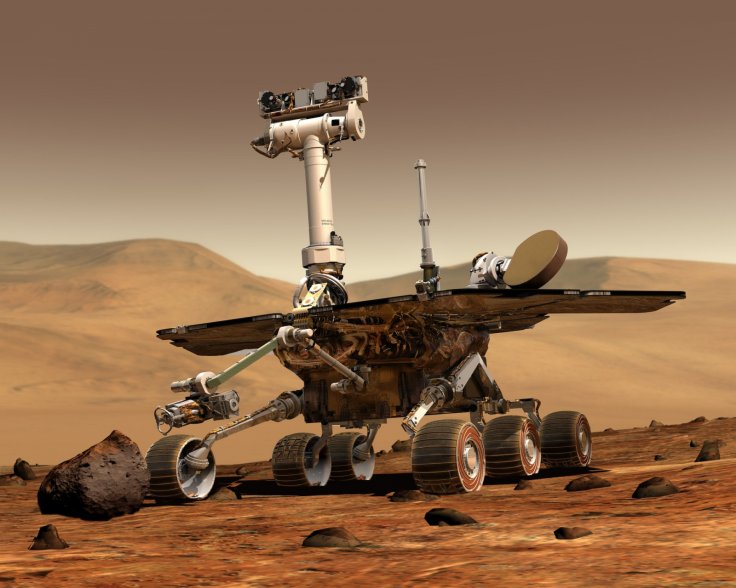NASA has successfully launched an umbrella-like heat shield on the United Launch Alliance Atlas V rocket. All eyes on this technology as it could be used to put humans on the red planet.
Brandon Smith, NASA's principal investigator on project, had said in 2018 that before the U.S space agency can send humans to Mars, it will need to land a lot of cargo there and the new heat shield could help. This gadget can also be used with crew capsules, protecting astronauts.
Low-Earth Orbit Flight Test of an Inflatable Decelerator
The heat shield, which is actually a Low-Earth Orbit Flight Test of an Inflatable Decelerator (LOFTID), was launched as a rideshare payload on the rocket together with the NOAA weather satellite. NASA scientists, through the LOFTID, want to show a new method for delivering large spacecraft to the surface of other planets.

The space agency hopes nitrogen from tanks in the rocket's upper stage will inflate LOFTID into its hallmark dish shape. After it completes an orbit, it will re-enter the atmosphere nose first for a splashdown east of Hawaii, where the device will be eventually recovered. The heat shield heightens hopes for humans to set foot on Mars as fuller exploration of the red planet would require landing large equipment, potentially habitats and vehicles that need far larger aeroshells.
Michelle Munk, in a briefing, said they are kind of bumping up against the limit of Viking heritage technology with a rigid aeroshell that fits inside the launch vehicle shroud with the supersonic parachute needed for the descent. The inflatable technology is also called HIAD for hypersonic inflatable aerodynamic decelerator. Munk outlined that LOFTID will have a 6-meter diameter when it's inflated.
NASA seeks to land 20 metric tons (about the weight of an average semi-truck) on Mars. As such, the space agency will need a 16-meter-diameter version. During its current mission, LOFTID will transmit performance data to NASA. The space agency has set high hopes on the heat shield to open up more areas of Mars for landing.
If the LOFTID proves successful on this mission, it could make way for landing on Saturn's moon Titan.









